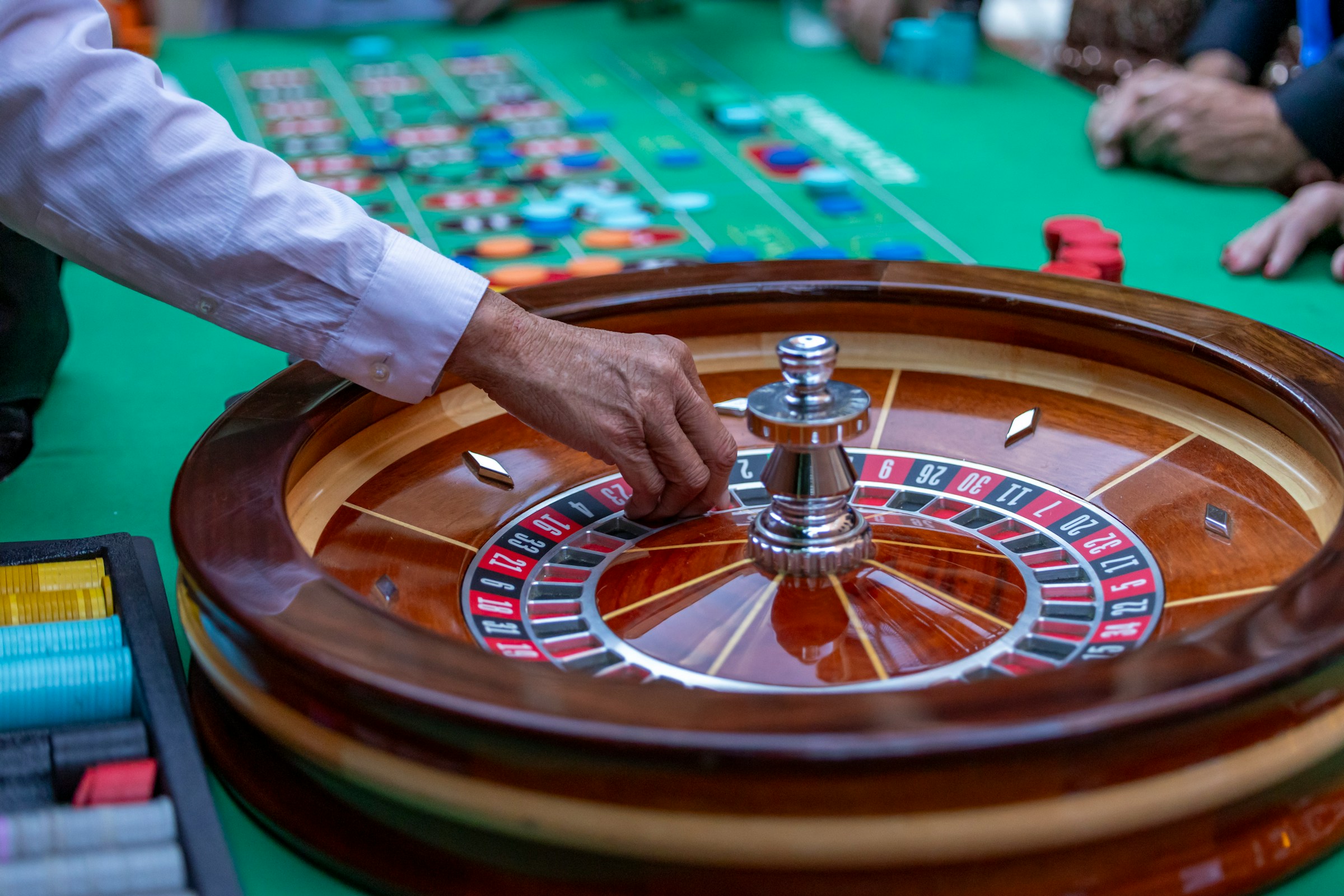Roulette is one of the most iconic and widely played casino games worldwide. Its appeal lies in its simplicity and the excitement of watching the ball spin around the wheel. Among the many betting strategies associated with the game, betting on both red and black is a tactic that draws attention due to its apparent straightforwardness. While it may seem like a safe approach, this method carries specific implications regarding payouts, probabilities, and long-term outcomes.
Understanding the Structure of the Roulette Wheel
To analyze the outcome of betting on both red and black, it’s essential to understand the structure of a standard roulette wheel. There are two main versions of the game:
European Roulette: Features 37 pockets (numbers 1 to 36 plus a single green 0)American Roulette: Contains 38 pockets (numbers 1 to 36, a single 0, and a double 0)
The numbers from 1 to 36 are evenly split between red and black, with 18 numbers of each color.
The green 0 (and in the American version, the 00) is neither red nor black. These green slots are what give the casino its house edge. While red and black bets are “even-money” bets, meaning they pay out 1:1, the presence of the green slots prevents these bets from having a true 50/50 chance.
The Mechanics of Betting on Both Red and Black
Placing a bet on both red and black simultaneously means you are covering 36 out of the possible 37 or 38 outcomes, depending on the version of the game. In theory, this is a way to reduce risk. Since you are betting on both colors, you might be guaranteed a win on each spin. However, this is not the case.
Here’s how the bet plays out in practice:
If the ball lands on a red number, your red bet wins and the black bet loses.
If it lands on black, your black bet wins and the red bet loses.
If it lands on green (0 or 00), both bets lose.
In either red or black outcomes, you effectively win one bet and lose the other, resulting in a net gain of zero. You are paid 1:1 for the winning bet and lose the equivalent amount on the losing bet. Your balance does not increase. The exception is when the ball lands on the green pocket, in which case both bets lose, and you experience a net loss equal to your total bet.
House Edge and Probability
The house edge is what ultimately ensures the casino’s long-term advantage. In European Roulette, the probability of hitting green (0) is 1 in 37, or approximately 2.7%. In American Roulette, with two green pockets (0 and 00), the probability increases to 2 in 38, or approximately 5.26%.
Even though betting on both red and black covers nearly all the numbers, the presence of green pockets ensures a small but consistent drain on your bankroll over time. This is the statistical disadvantage that makes betting on both colors an ineffective strategy in the long run.
Why Players Use This Strategy
Some players try to use this strategy to fulfill betting requirements for casino promotions or bonuses, particularly when “low-risk” betting patterns are not explicitly excluded. Others may perceive it as a low-volatility approach to extending their playtime without experiencing significant wins or losses in the short term.
There’s also a psychological component. Watching your bets cancel each other out (except for the green pockets) gives the illusion of stability. However, this does not change the mathematical reality that you are playing a negative-expectation game every time the wheel is spun.
Moreover, casinos are fully aware of this betting pattern and its implications. While not prohibited in standard play, it does not offer any strategic edge, and in bonus scenarios, such behavior is often restricted to prevent exploitation.

Conclusion
Betting on both red and black in roulette may seem like a clever tactic to minimize risk, but in practice, it does not lead to any net gain. The outcome is a guaranteed break-even result on red or black spins and a total loss when the ball lands on green. Over time, due to the house edge built into the green zero (or double zero in American roulette), this strategy results in consistent losses. While it may offer a sense of control or reduced volatility, it does not increase your chances of walking away with a profit.




















